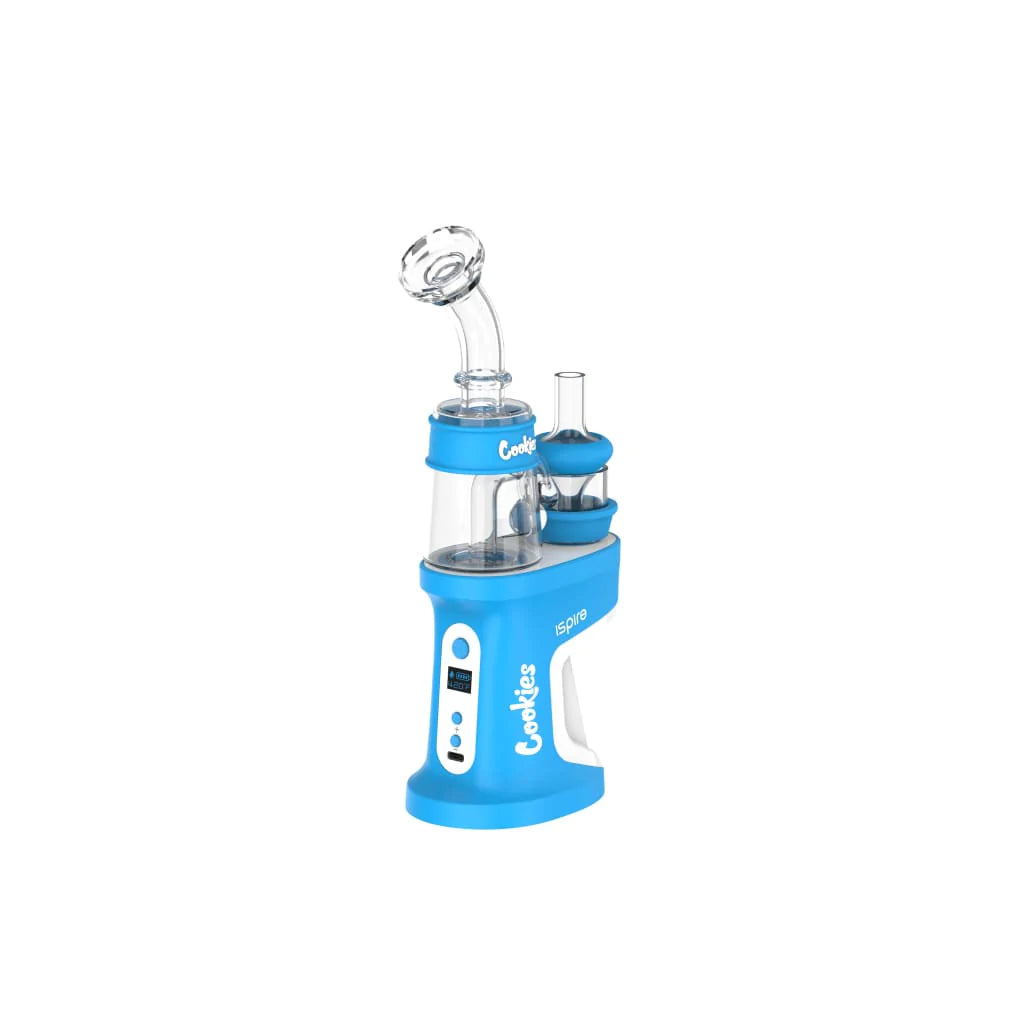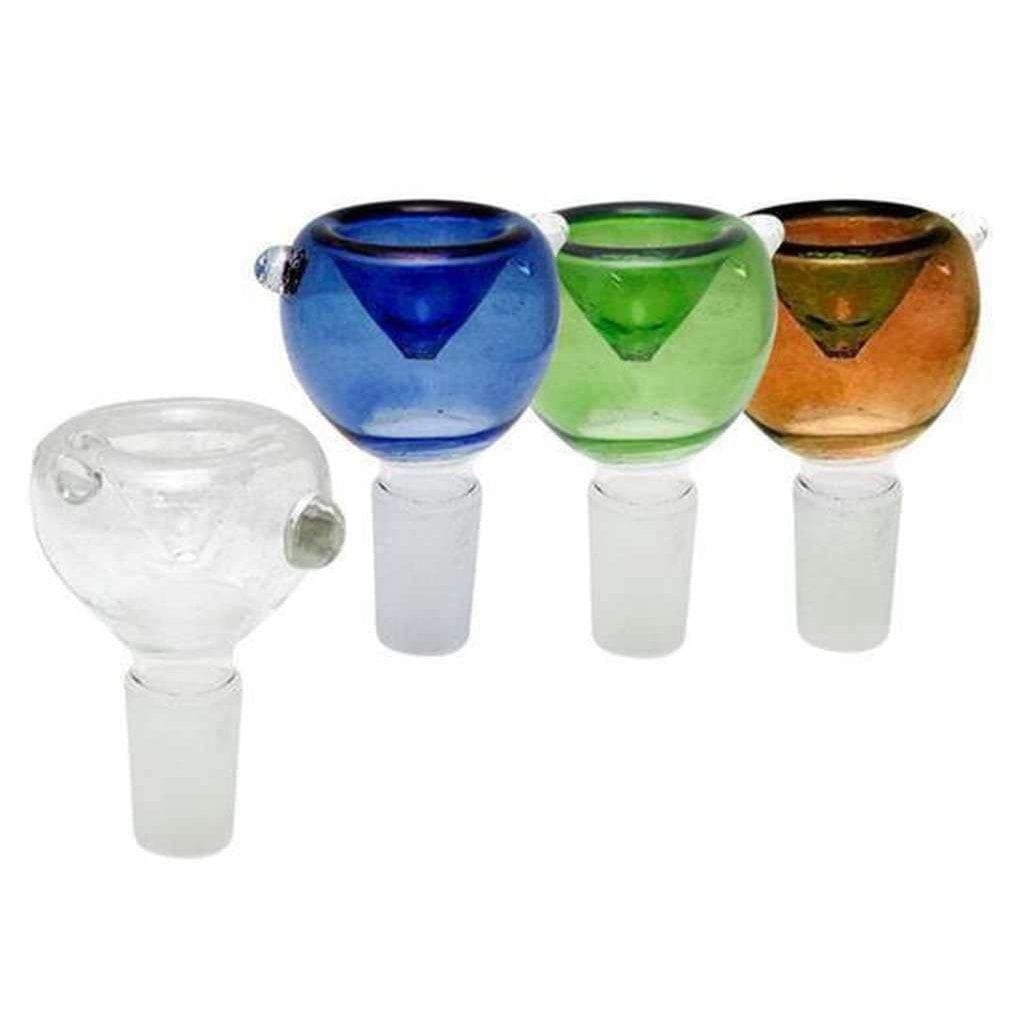Russian Collusion : A Welcome Distraction From Cannabis
One thing the cannabis community can be thankful for in politics is the distraction the “Russian-Meddling” scandal has provided to lure public officials from their tirade on legal marijuana. While Trump’s administration is busy trying to disprove their involvement with the second most powerful military force in the world, Jeff Sessions and the others have seemingly put their fight against marijuana legalization on a lower priority. The attorney general spoke just a few days ago in Nevada, and despite their recent state of emergency marijuana shortage and newly legalized recreational sales, Sessions was mute on the topic of cannabis choosing rather to talk about crime and immigration.
Russia and Weed
In 2015, the Russian Health Ministry mocked Washington D.C. for legalizing personal use of marijuana stating “the entire city would soon be addicted”. In fact, Viktor Ivanov, head of the Russian Federal Drug Control Service, said drugs would never be legalized in Russia. However, known for its vodka, Russia has no problem with alcohol and tobacco consumption, and statistics from the World Health Organization show this may be a critical mistake for the communist country.
According to global health consultant, Cesar Chelala, Russians are facing serious health issues due to excessive alcohol and tobacco use. In fact, since 1991, the mortality rate for men in Russia increased by 60%, or 5 times the rate for European men. Many diseases are to blame.
- Heart Disease - aggravated by alcohol and tobacco, claims over 1.2 million deaths in Russia each year.
- Smoking-related diseases - claim between 350,000 to 400,000 lives in Russia annually. In comparison, the United States sees around 480,000 deaths from cigarette-related diseases each year, but has more than twice the population of Russia.
Although possessing 6 grams or less of weed in Russia is decriminalized and prison sentences may seem light in terms of time served… Russian prison is not where one wants to end up. Luckily, the police system in Russia is quite corrupt, so offering the officer a bribe can save you years of imprisonment, but the price will likely be steep.
Historical Hemp
Most are familiar with cannabis sativa and cannabis indica strains, however, few realize there is a third species of cannabis plant, cannabis ruderalis. This plant is similar in nature to the other cannabis varieties; however, it grows much shorter, is lower in THC, and considered mainly a “wild” version of cannabis.
This plant originated in parts of Russia and central Asia, but has been utilized to crossbreed hybrid versions of various strains. Also, quite high in CBD content, cannabis ruderalis is often used to help create strains with higher CBD content. Ruderalis also has auto-flowering abilities, making its genetic properties appealing to growers.
Historically, Russia, or at least the former USSR, held the lead for hemp production for three decades from 1950 to 1980. After the fall of the Soviet Union, production decreased rapidly, but there is still an estimated 2.5 million acres of wild hemp growing in far eastern Russia. Now, over 91% of hemp production for the world is performed in France and China.
From Russia with Love
These are a few strains known to have been crossed with Russian ruderalis:
- Royal Dwarf – a cross between ruderalis and Skunk, which creates a hearty, auto-flowering plant great for depression, stress, and anxiety. Lemon-scented and short, this strain is known for its body effects.
- White Ryder – a combination of White Widow, a powerful indica strain, and a ruderalis strain. Great for sleep issues and anxiety.
- CBD Critical Cure – combines the indica-dominate strain, Critical Kush with a ruderalis strain producing a low-THC, high-CBD strain that eliminates pain, anxiety, and inflammation without psychoactive effects.
- Alaskan Thunder F**k – although this strain started out as Californian sativa crossed with ruderalis, breeders in the 70’s crossed it again with Afghani genetics which created an extremely euphoric blend of pain and stress relief.
- Royal Haze – another sativa blended ruderalis provides energetic, highly cerebral effects excellent for treating depression and stress, as well as, for a creativity boost.
What in a name?
Despite the following strains having little to do with Russia, their namesake bears honorable mention when discussing Russia and weed:
- White Russian – far different from the milky, vodka drink served in bars, this highly sought-after cross between White Widow and AK-47, has won awards in 1996 and was considered one of the most potent strains available for a time. Although considered a hybrid, the relaxing, pain relieving nature of its indica traits are strong.
- Black Russian – the product of crossing White Russian with Black Domina, this is a potent, indica-dominant strain designed for deep relaxation and sleep.
- Russian Assassin – produced through a tri-cross of Skywalker, Lemon OG Kush, and Headband, this hybrid strain combines the best of a cerebral high with slow onset relaxing body effect.
- Sputnik – deserving of its name, this strain crosses Apollo 13 with White Russian for fruity flavored buds perfect for relieving chronic pain, anxiety, and sleeplessness.
So, while members of congress, government officials, and Trump’s children are wrapped up in the investigation into their involvement in Russian election interference, the cannabis industry continues to operate; waiting and wondering if this administration will push forward with what seems to be a direct threat to the legal cannabis industry.
Although Russia may not agree with the United States’, Canada, and other countries who are allowing the sale of legal cannabis, statistics will continue to prove over the next several years, which countries have made the right decisions regarding cannabis use and sales. While cannabis continues to improve the economy, boost tax revenues, reduce prescription medications, and save the lives of thousands of individuals, Russia will continue to see their population decline as it has for the last two decades.





